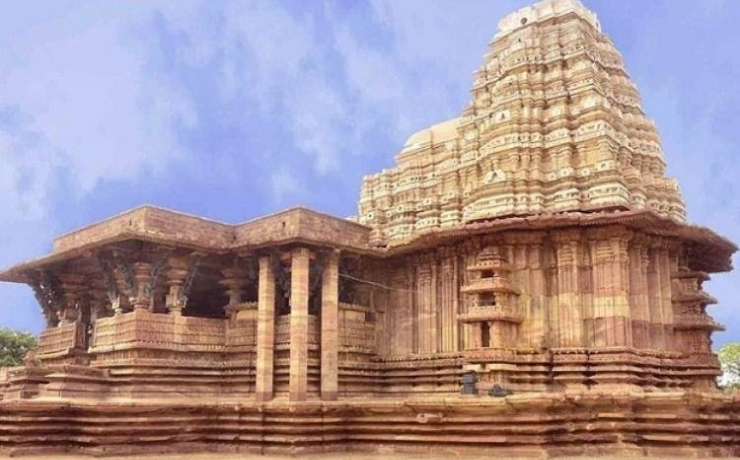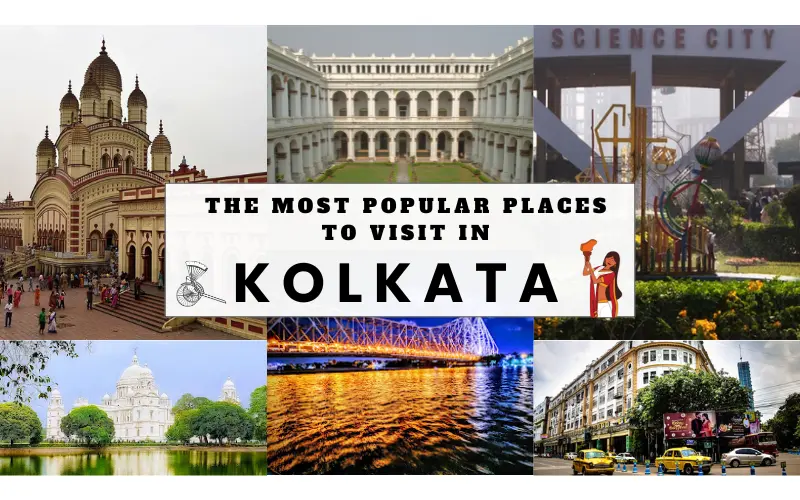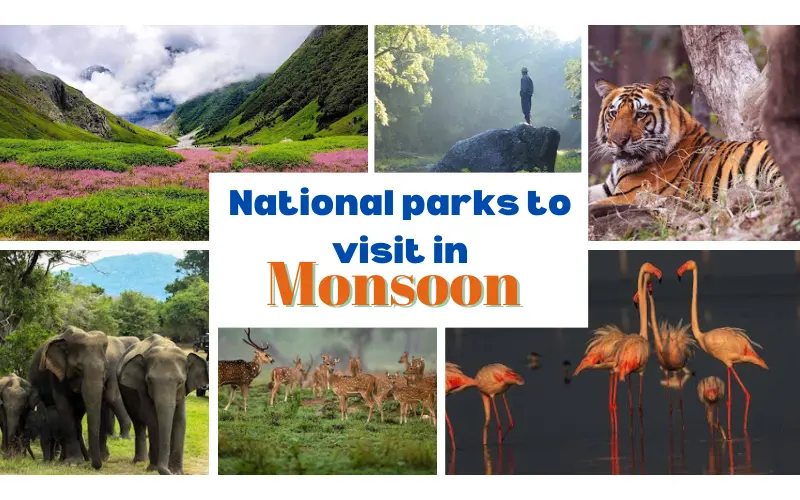On June 25th, 2021, UNESCO declared the Ramappa temple a World Heritage site, making it the 40th UNESCO site in India. The Ramappa Temple is a prime example of the superb craftsmanship produced by the iconic Kakatiya dynasty. When Marco polo visited the Kakatiya empire, he called the temple “The brightest star in the galaxy of temples.”
History of Ramappa Temple
It is located at the foothills of the forested area amidst agricultural fields, close to the shores of Ramappa Cheruvu. This choice of setting for the temple is sanctioned in the dharmic texts that temples are to be constructed to form an integral part of a natural setting that includes hills, forests, springs, streams, and agricultural lands.
The magnificent structure of Ramappa is dedicated to Lord Shiva, and it is located right in the heart of Warangal which was the ancient capital of the Kakatiya dynasty. The temple construction began in 1213 AD and finished in 1253 AD. The temple was built by the chief commander Rudra Samani under the leadership of Kakatiya ruler Ganapathi Deva.
The temple derives its name from the sculptor Ramappa who built the statue of Lord Shiva. This is the only temple in India that is named after its craftsman. Even though there were many wars and natural disasters the temple has managed to remain intact to this date.
The temple is also called Kakatiya Rudreshwara Temple, and the Shivling inside the temple is placed at a height of 9 feet. Sitting in front of the Shivling is the majestic Nandi vigraha carved out of a single black basalt rock.
The architecture of Ramappa Temple
The Architecture of Ramappa Temple is an example of the Kakatiya style of architecture. There are lotus motifs, and elephants carved on the pillars in different poses. The prominent designs amongst them are sculptors of Hindu mythology that cover the temple from its base to its wall panels and ceilings.
The temple is constructed with light bricks that can float in water. The temple is divided into three different places that are garbhagriha, maha mandapam, and antarala. The walls of the temple showcase complex carvings. Every pillar and ceiling has been engraved beautifully. The three entrances have a total of 12 sculptures of madanikas that are marvellously carved in different poses.
When you visit this temple, you will be awestruck by the amazing art of the temple. There are carvings on the walls near the Garbhagriha entrance that show off various dance styles and musical instruments. The ceilings consist of various carvings, depicting scenes from Shiva Purana, Mahabharata, and Ramayana. The work is so precise and exquisite because the sculptures in the temple are sharply chiselled. The temple’s chamber is crowned with Shikharam, and it is surrounded by pradakshinapatha.
Along with the Ramalingeswara Swamy, there is the Kameswara temple which is in ruins and the Kateswara temple. It is said that if you hit a pillar or a stone in this temple, you can hear musical sounds (Sa Re Ga Ma Pa Dha Ni Sa).
After UNESCO has recognized this magnificent temple as a heritage site, the temple will get financial assistance to maintain it. There are some cottages set up by the Telangana tourism department where you can sit and soak in the magnificence of this temple. Maha Shivaratri is grandly celebrated for three days at this temple. The timings of the temple are 6 AM-6 PM.
Conclusion: Ramappa Temple is a grand historic temple with amazing sculptures and architectural work. You can also visit the thousand pillar temple, Bhadra kali temple, and pakal lake which are also popular tourist spots with historical significance in Telangana.





























